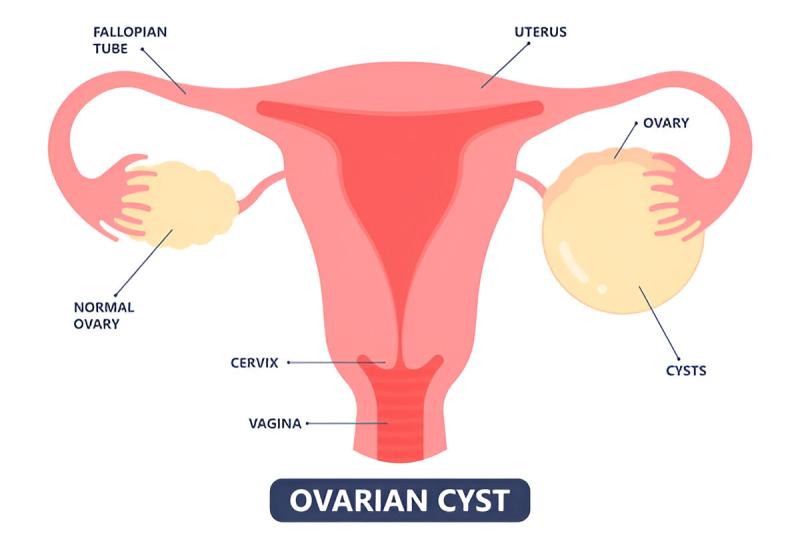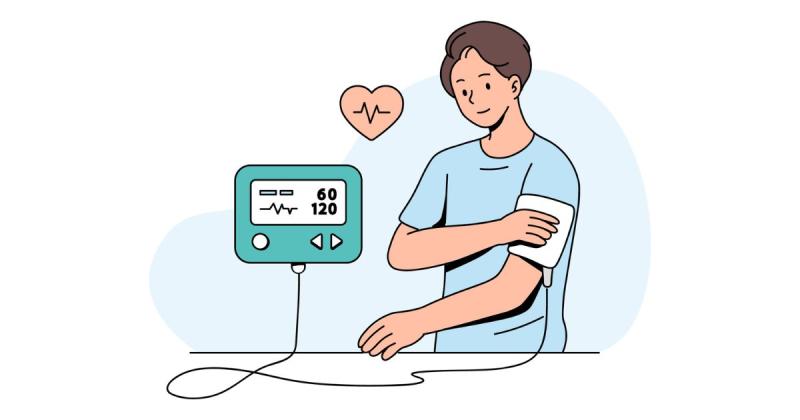Ovarian Cyst Treatment Options: From Home Remedies to Surgery

Ovarian cysts are fluid-filled sacs of varying sizes and types, which develop on the ovarian wall or or within the ovary. These sacs generally occur in women within the reproductive age range. They can be benign or, in certain rare cases, malignant, giving rise to the question, "Is ovarian cyst dangerous?" Well, understanding what an ovarian cyst is ought to be the first step when it comes to managing this medical condition, as well as recognising the various options of treatment that can be tried, depending on the situation.
Understanding The Ovarian Cysts
Before delving into the various available treatment options, let us first grasp the nature of ovarian cysts. They can occur out of several causes. They may include hormonal changes, endometriosis, or because of the menstrual cycle. Most of the ovarian cyst symptoms are mild or even non-existent, though some may experience pain, bloating, and even irregular menstrual cycles.
What Size of Ovarian Cyst is Dangerous?
Typically, cysts that are smaller than 5 centimetres in diameter are considered benign and safe. They tend to resolve on their own. However, the ones that are more than 5 centimetres, particularly those exceeding 7 centimetres, can be of concern. They may cause symptoms like severe abdominal pain or other abnormalities, indicating complications that may range from rupture or torsion to other serious medical conditions, warranting immediate medical intervention.
Treatment Approaches for Ovarian Cysts
When it comes to carrying out ovarian cyst treatment, various options are available, catering to different needs based on the size and the nature of the cyst, the symptoms, and the overall health condition of the individual in question.
1. Lifestyle Changes
For many women, making certain basic lifestyle changes can help manage the ovarian cyst symptoms and potentially prevent the formation of new cysts. These lifestyle changes may include:
- Diet
- Exercise
- Stress Management
2. Home Remedies
A sizable number of women look for home remedies to get rid of the complications. Well, indeed, these home remedies may not be enough for them to part ways with ovarian cysts, However, these home remedies can surely alleviate the symptoms and get them some relief. The most popular home remedies include but are not restricted to:
- Heat Therapy
- Intake of Herbal Supplements
- Apple Cider Vinegar
3. Medications
In case of symptomatic or recurrent cysts, doctors usually recommend a wide range of medications depending on the severity of the conditions and the type of cyst to be treated. The medications may include:
Intake of Pain Relievers: Application of over-the-counter painkillers that are available. Doctors may prescribe them for the patients to get relief from the pain, though they do not recommend taking these painkillers unless the pain is excruciating. That’s because most of these painkillers carry a wide range of side effects.
Taking Hormonal Birth Control: Modern Birth control pills can not only stop unwanted pregnancies, but they can also regulate the secretion of certain hormones, thereby thwarting the formation of new cysts. These pills are particularly effective in the case of women who tend to frequently develop cysts.
Hormone Therapy: Hormone therapy is another effective way to treat ovarian cysts. It is recommended to address the underlying imbalance of hormonal secretion, which in most cases turns out to be the root cause behind the occurrence of these cysts.
4. Surgery
When it comes to treating a considerably large, painful ovarian cyst that is suspected to be carcinomas, surgical intervention turns out to be the most effective step. Several types of surgery are considered, depending on the type and size of the cyst. They include:
Laparoscopy: This is a minimally invasive surgical procedure carried out by surgeons. The process helps the surgeon to remove the cyst by making small incisions, which leads to faster recovery.
Laparotomy: In the case of particularly large cysts, which are suspected to be cancerous, larger incisions may be needed for direct access to the ovaries. Laparotomy is a major operative procedure. The Kocher incision, Davis or Rockey–Davis incision, Pfannenstiel incision, and Lumbotomy are a few of the frequently used laparotomy incision types that are made in Laparotomy, depending on the position and size of the cyst.
Conclusion
The ovarian cysts must be detected and treated early on to manage the symptoms and cure them effectively. Most of the cysts are benign and dissolve on their own and hence, are not a matter of any concern whatsoever. However, the larger cysts or certain symptoms that the cysts result in are matters of grave concern and demand comprehensive medical intervention and in-depth investigation. To meet the wide range of demands, options also vary from various home remedies and lifestyle modifications to the application of prescription drugs as well as surgical interventions.




Comments